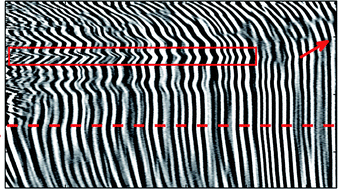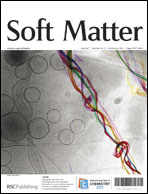Stress-induced fluidization of a simple yield stress fluid, namely a carbopol microgel, is addressed through extensive rheological measurements coupled to simultaneous temporally and spatially resolved velocimetry. These combined measurements allow us to rule out any bulk fracture-like scenario during the fluidization process such as that suggested in [Caton et al., Rheol Acta, 2008, 47, 601–607]. On the contrary, we observe that the transient regime from solid-like to liquid-like behaviour under a constant shear stress σ successively involves creep deformation, total wall slip, and shear banding before a homogeneous steady state is reached. Interestingly, the total duration τf of this fluidization process scales as τf ∝ 1/(σ − σc)β, where σc stands for the yield stress of the microgel, and β is an exponent which only depends on the microgel properties and not on the gap width or on the boundary conditions. Together with recent experiments under imposed shear rate [Divoux et al., Phys. Rev. Lett., 2010, 104, 208301], this scaling law suggests a route to rationalize the phenomenological Herschel-Bulkley (HB) power-law classically used to describe the steady-state rheology of simple yield stress fluids. In particular, we show that the steady-state HB exponent appears as the ratio of the two fluidization exponents extracted separately from the transient fluidization processes respectively under controlled shear rate and under controlled shear stress.


 Please wait while we load your content...
Please wait while we load your content...